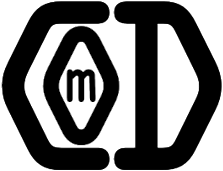FAQ
The LAMP stack is a popular open-source software bundle comprising Linux (operating system), Apache (web server), MySQL (database), and PHP (programming language). This combination forms the foundation for building dynamic websites and web applications. Frontend development focuses on the user interface and experience, encompassing elements like HTML, CSS, and JavaScript, while backend development handles server-side logic, data storage, and processing, often utilizing languages like Python, Java, or Node.js. Database services, such as cloud-based solutions like Amazon RDS or Google Cloud SQL, provide managed storage and retrieval of application data, enhancing scalability and reliability.
Frequently Asked Questions
Education equips us with knowledge, a fundamental source of strength and influence.
I am waiting for your question
I’m here to assist you. Please don’t hesitate to reach out with any questions or concerns.
